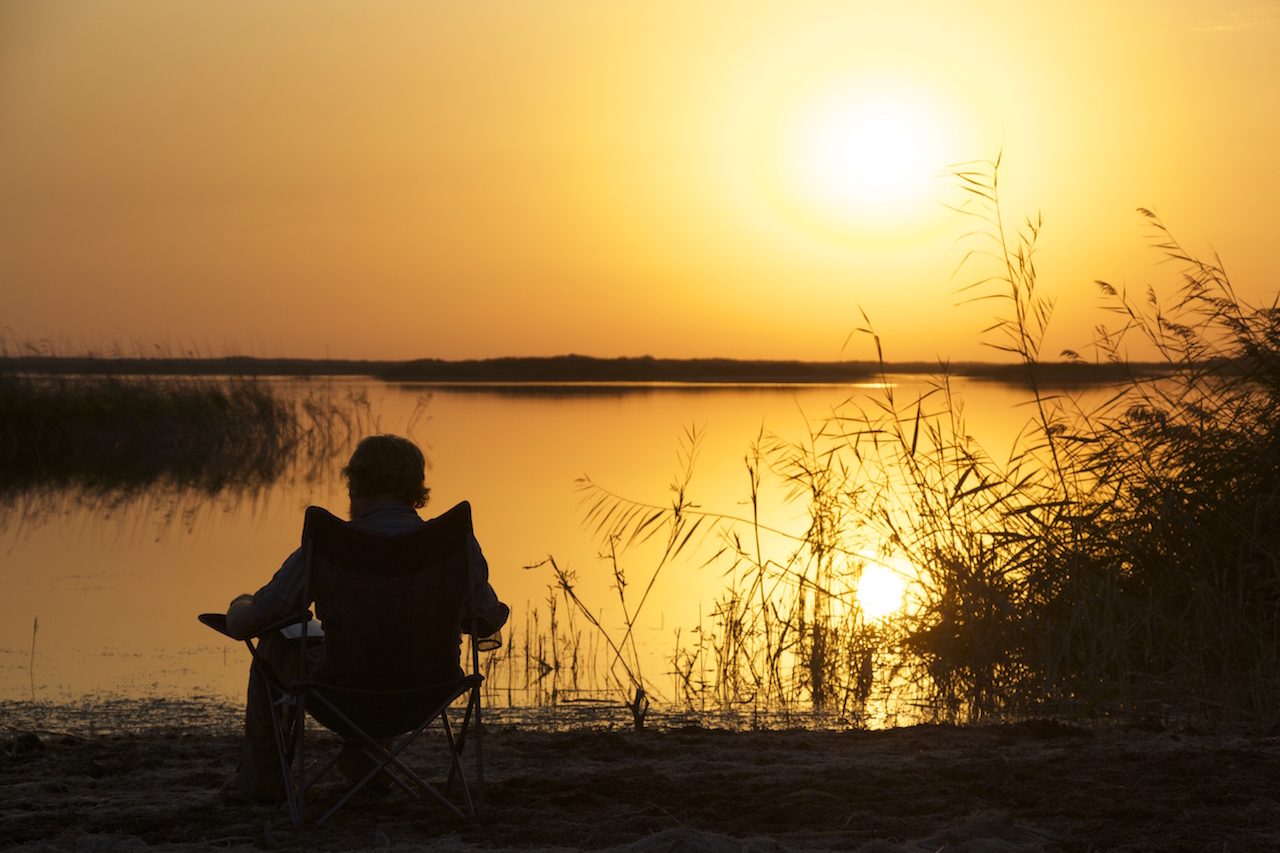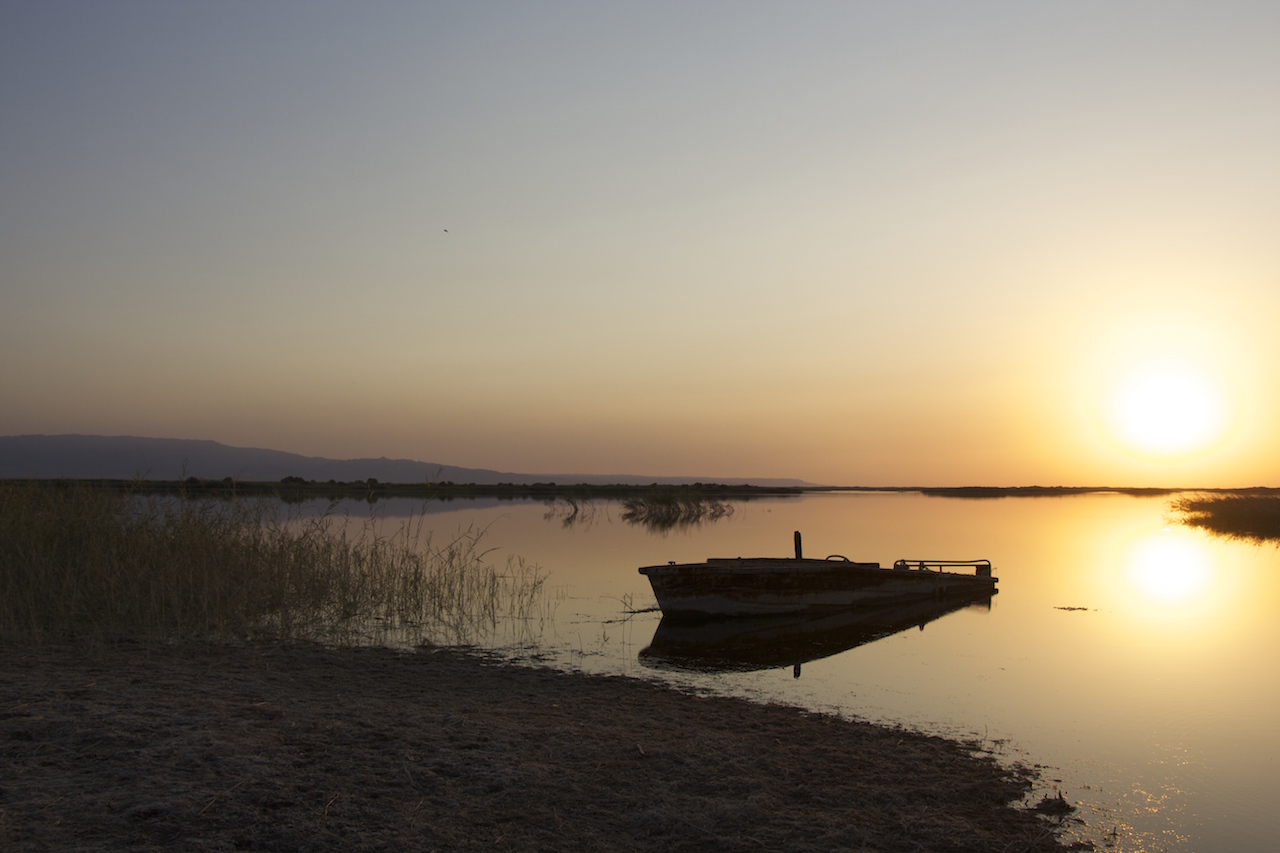Emerald Spires and Lonely Mountains
Our route across Uzbekistan to Tashkent took us through three of Uzbekistan’s most famous cities: Khiva, Bukhara and Samarkand. I shall not delve too deeply into their fascinating histories here, but suffice to say that each has played a pivotal role in the empires that have moved through these lands, from the Sogdian in the 4th Century BC through to the Russian and British Empires in the 19th Century. The cities were ancient centres of learning in the arts and sciences, from algebra to medicine, astronomy and poetry that at the time were unrivalled in the West. They were the birthplace of great thinkers, such as the astronomer, mathematician and sultan, Ulugh Beg (1394-1449), and his grandfather, the renowned military leader Timur, who killed an estimated 17 million people (5% of the world’s population at the time) during his military campaigns. Having conquered much of the Middle East, Central Asia, and northwest India, including Delhi, Timur was only stopped when his army was caught in an unusually brutal winter while marching on the Chinese Empire. Carefully restored in recent years, the cities’ architecture reflects this history, and it was fascinating to have the chance to learn and observe the rich heritage of the country.
It has been estimated that 17 million people (5% of the world’s population at the time) died during Timur’s military campaigns.Wikipedia
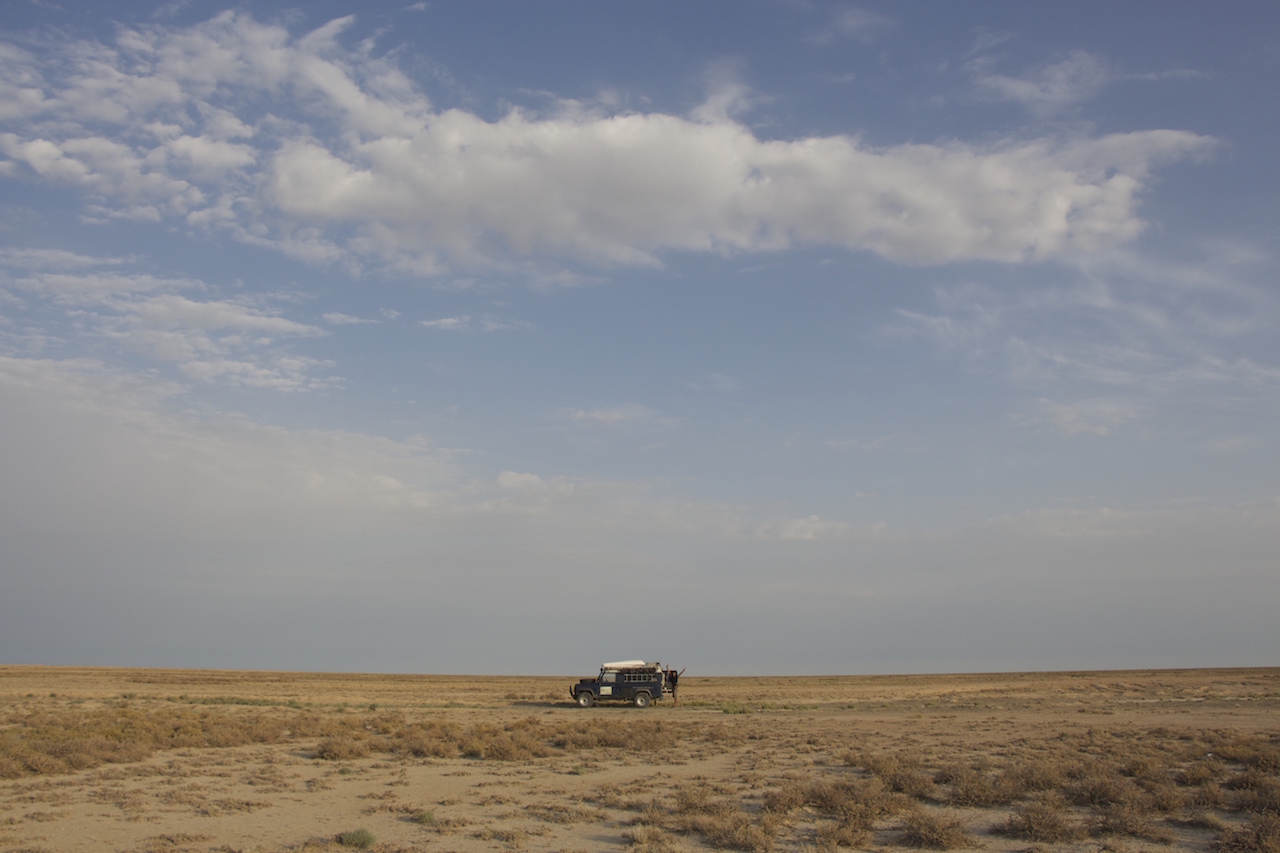
Photo: Ustyurt Plateau
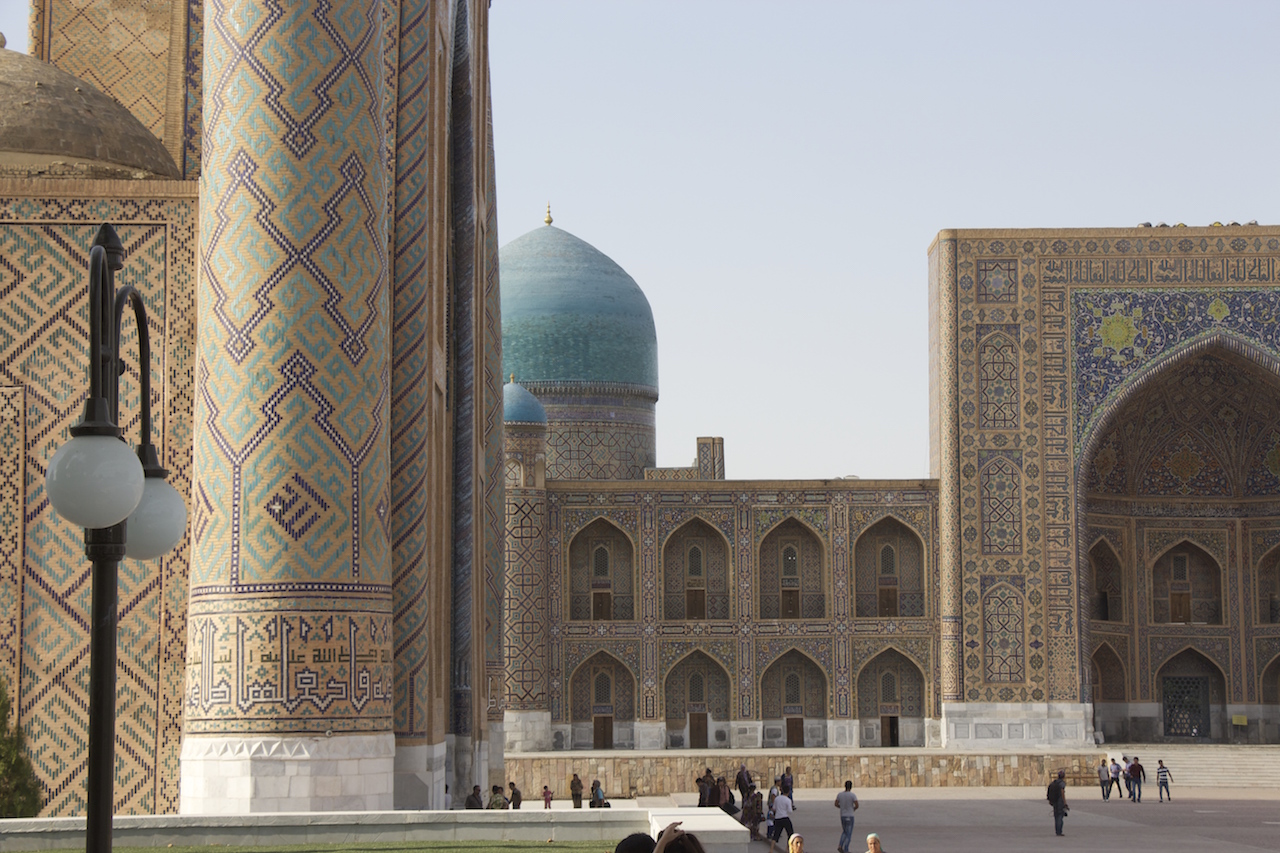
Photo: Samarkand
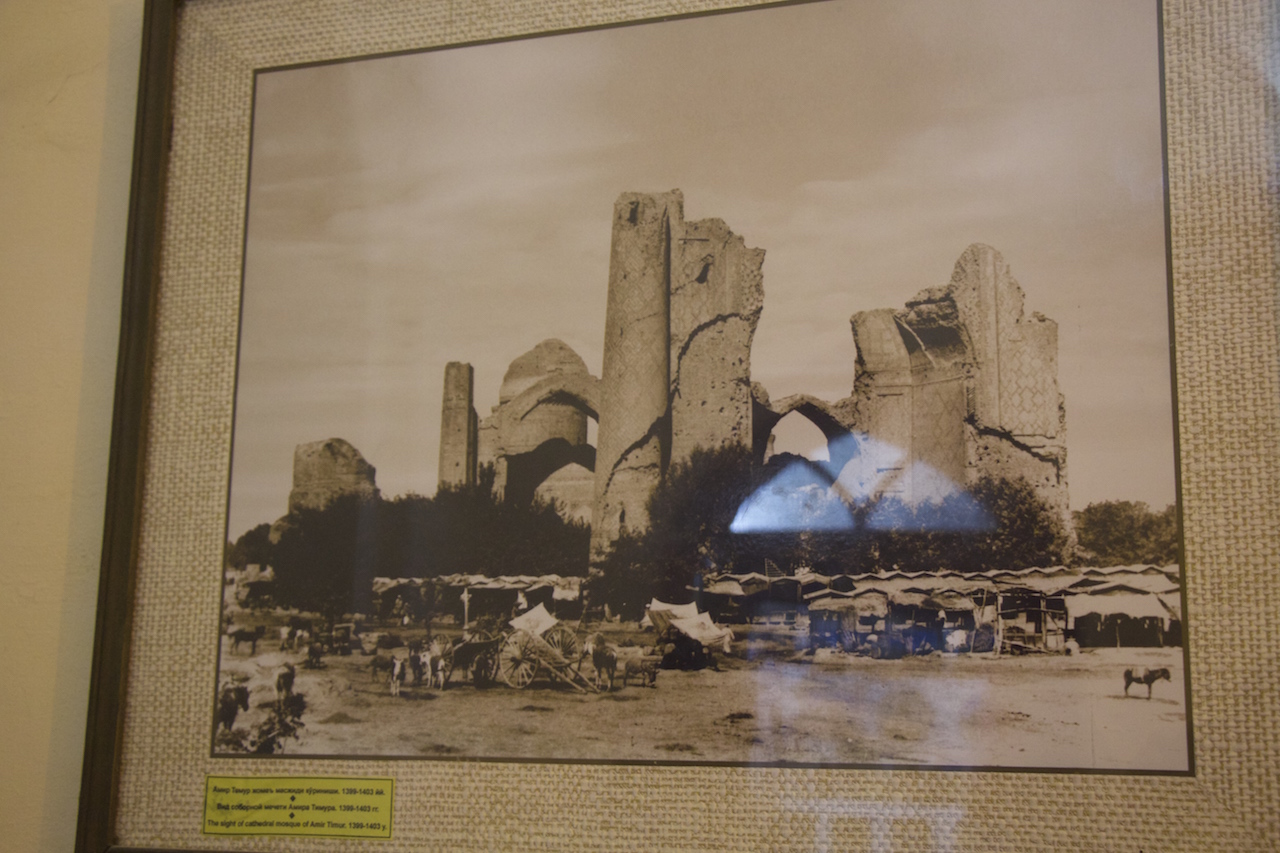
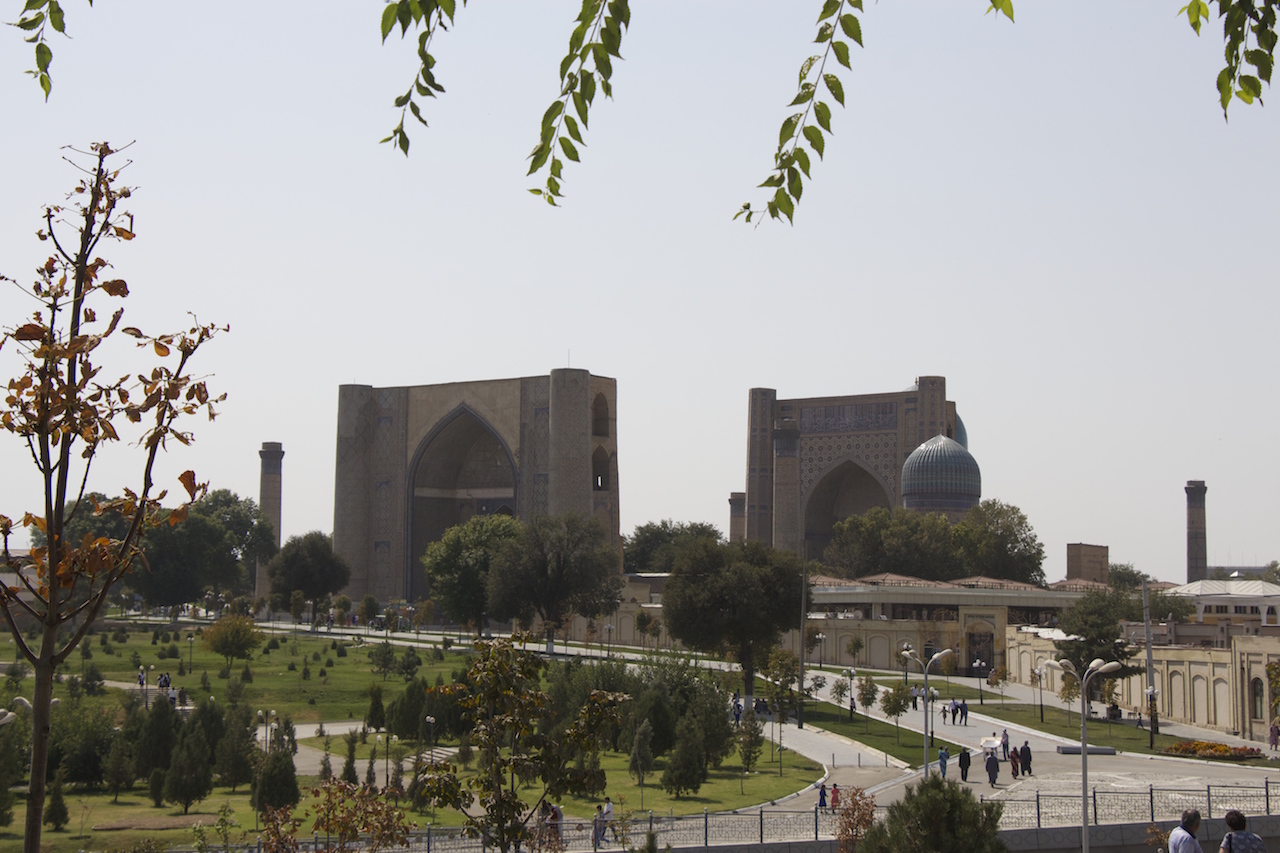
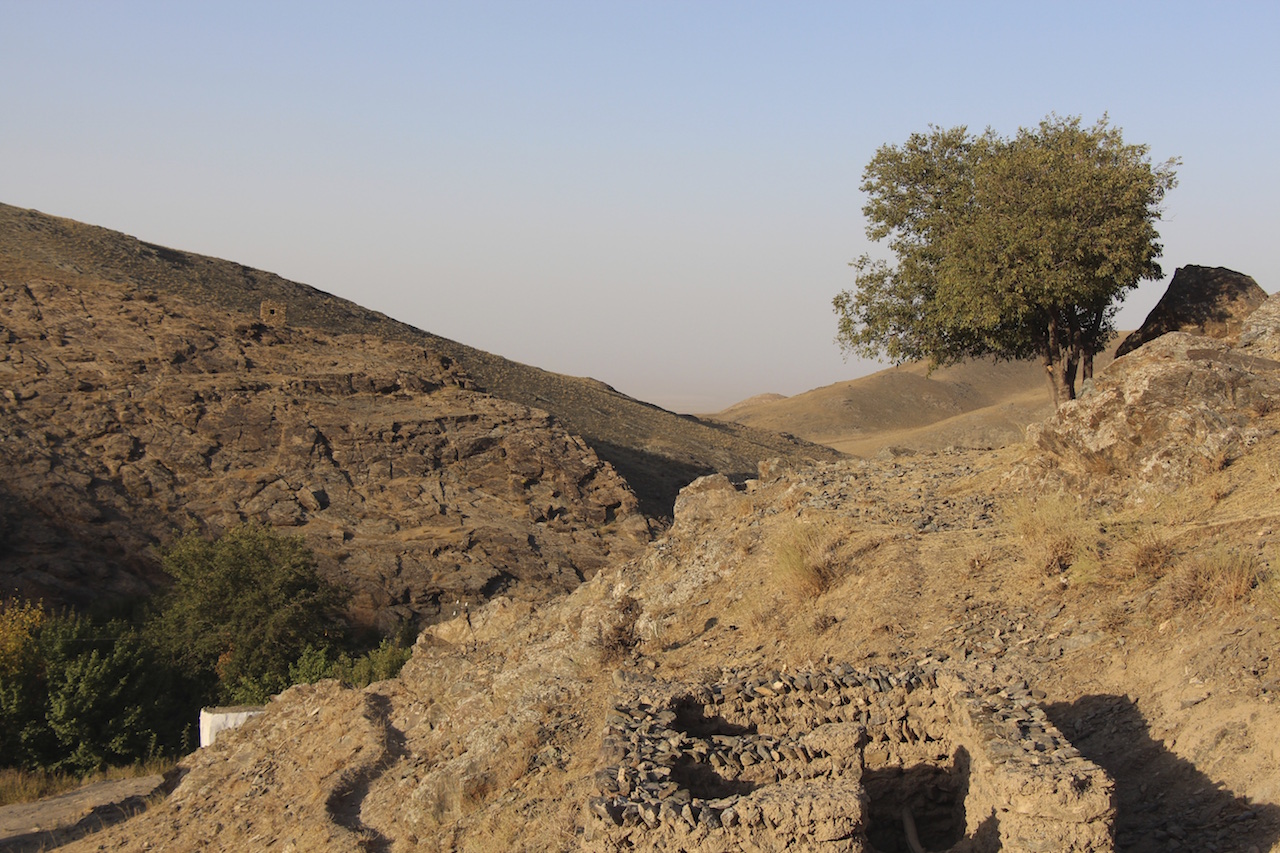
Photo: Nuratau Mountains
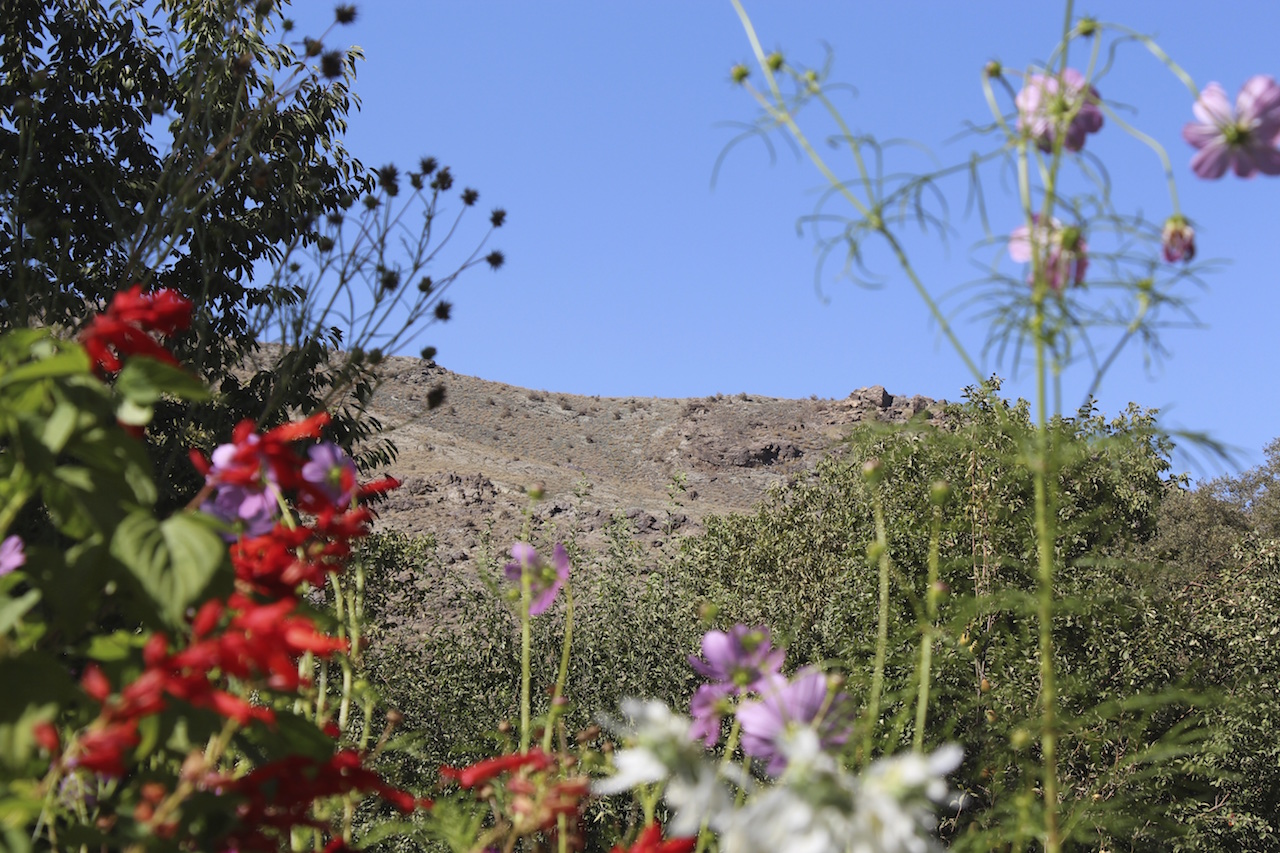
Despite our best efforts, this maze defeated us, but after passing numerous rustic fisher-camps, we eventually found a secluded spot to set up camp (something that we had been unable to do frequently, as tourists are required to register and stay in official hotels each night they are in the country).
Even in this remote landscape, we did not avoid the attention of the local fisher-folk, who stopped by our camp as the sun began to set, curious to observe what must surely have been the unusual sight of two westerners setting up camp on the lakeshore. We were offered fresh fish the following morning as the first boats came in, sadly too late to pop it on the previous night’s BBQ. We packed up camp, gave our thanks, and began the long road back across the desert, driving past the numerous cotton fields that lined the road. Leaving behind the Golden Road to Samarkand, we began the onward journey to the majestic, high altitude Kingdoms of Tajikistan and the High Pamirs.
